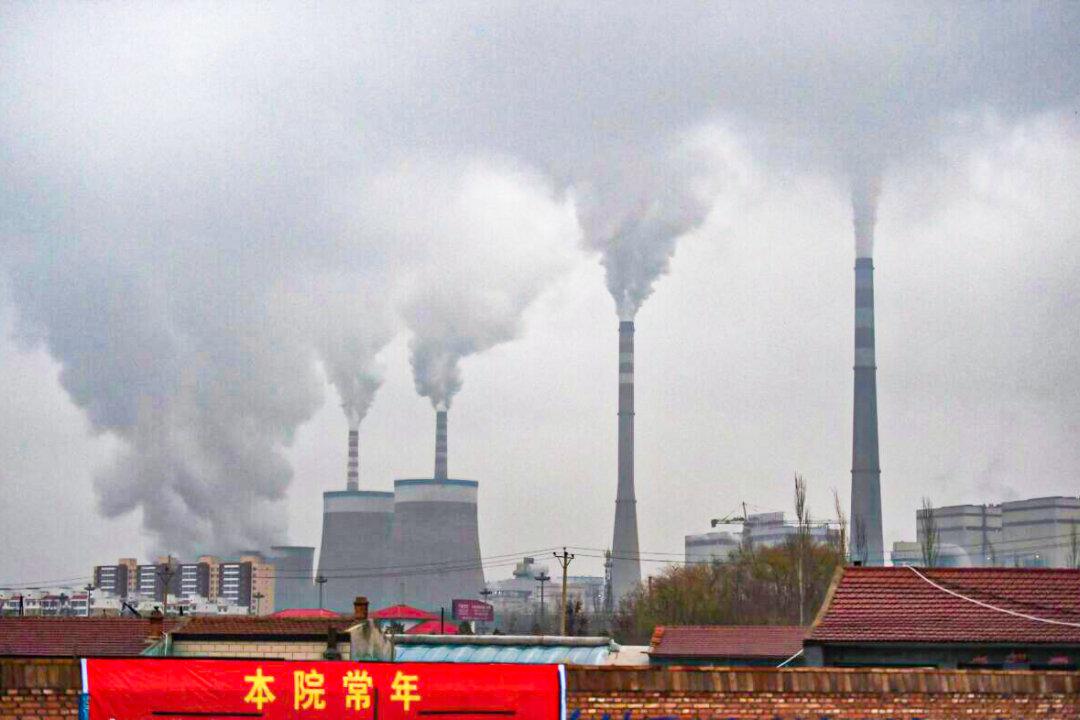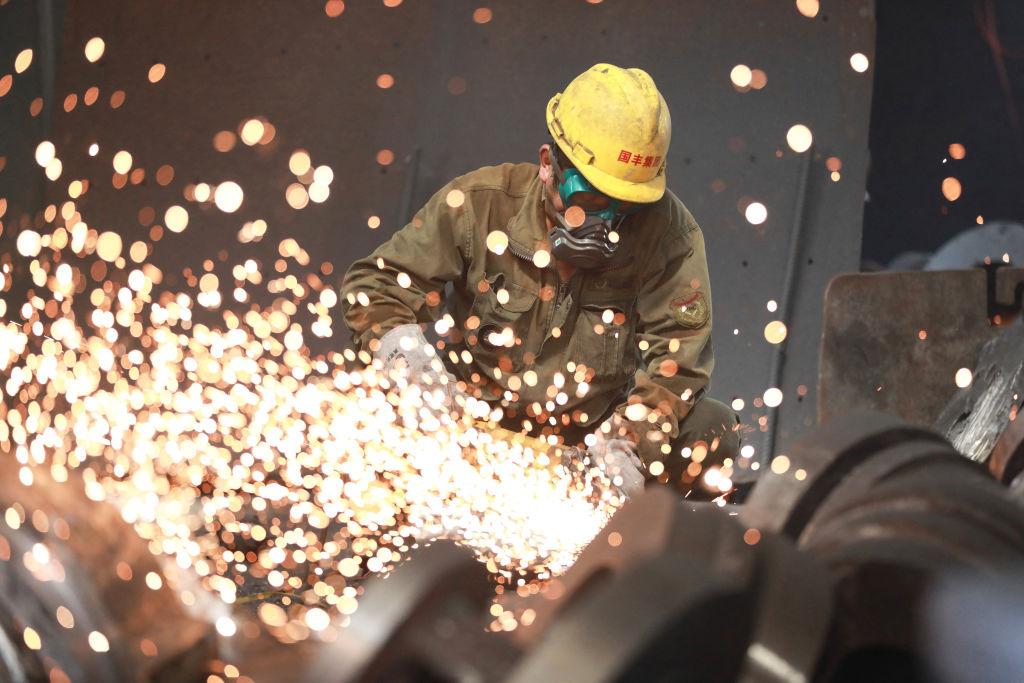News Analysis
As the debate over dirty energy—a term for energy production that is against climate efforts and hurts communities—rages, China continues to unveil new coal projects, defying its government’s plans and the global climate effort concerns, experts say.





